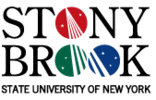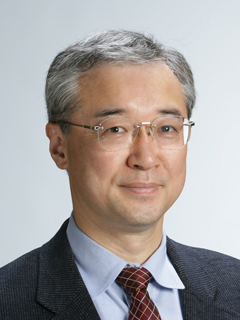
| IEEE International
Conference on Shape Modeling and Applications |
| Stony Brook University, June 4 - 6, 2008 |
News and Updates
Call for Papers
Organization
Important Dates
Paper Submission
Technical Program
Invited Speakers
Best Paper Award
Workshops
Mini-Symposia
Venue
Travel
Hotels
Social Events
Registration
About Stony Brook
Contact Us
Previous Conferences
Sponsors
Other Events
| Invited Speakers |
|
Hiromasa Suzuki is a professor of RCAST (Research Center for Advanced Science and Technologies) at The University of Tokyo. His research interests include geometric modeling and its applications to mechanical CAD/CAM systems. Suzuki received his doctor degree in precision machinery engineering from the University of Tokyo in 1986. Professor Suzuki is a member of the Editorial Board of the Journal of Computer Aided Design and Int. Journal of CAD/CAM. He is a member of JSPE (Japan Society for Precision Engineers), JSME (Japan Society for Mechanical Engineers), IEEE and ACM. Title: Fragment based Mesh Segmentation for Reverse Engineering
Abstract:
Home |
News and Updates |
Call for Papers
|
Organization
|
Important Dates
|
Paper Submission Technical Program | Invited Speakers | Best Paper Award | Workshops | Mini-Symposia Venue | Travel | Hotels | Social Events | Registration | About Stony Brook | Contact Us Previous Conferences | Sponsors | Other Events Page maintained by webadmin |
